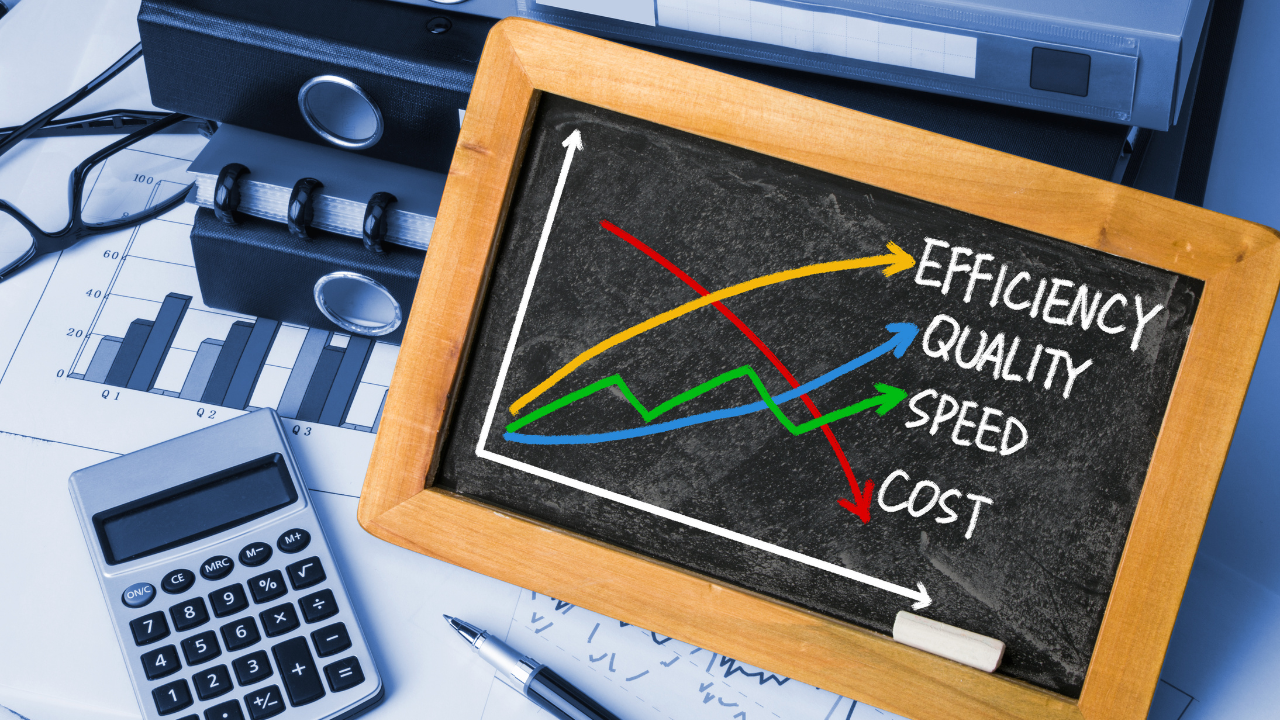You are welcome to our comprehensive guide on optimizing Shopify‘s speed and performance! Here you’ll find everything you need to build a website that loads quickly and provides visitors with a consistent experience.
This guide explores simple-to-follow steps to assist you outrank your rivals on Google and give your clients an excellent browsing experience.
Understanding the Importance of Website Speed
Website speed matters a lot, not just for search engines but also for your website’s visitors. People get frustrated when your site loads slowly and might leave before exploring your content or purchasing.
High bounce rates can hurt your rankings on search engines, and you wouldn’t want that! Making your website faster creates a positive user experience, encouraging people to stay longer and engage with your brand.
Conducting a Speed Audit
Let’s start by conducting a speed audit for your Shopify website. The goal is to find trouble spots so we can address them and speed up your site.
Analyzing Current Website Performance
Analyze your website’s current performance using tools like Google PageSpeed Insights and GTmetrix. These tools provide valuable feedback on various aspects, such as image optimization, server response time, and JavaScript rendering. Based on the insights, we’ll know where to focus our efforts.
Mobile Optimization
In the present mobile-dominated world, guaranteeing your site looks perfect and works flawlessly on cell phones is essential. Test your site’s responsiveness on various devices and screen sizes to guarantee everybody gets a similarly phenomenal experience, whether utilizing a desktop, cell phone, or tablet.
Content Delivery Network (CDN) Integration
Integrating a Content Delivery Network (CDN) can significantly speed up your website’s loading times—a CDN stores copies of your website’s files on servers worldwide. Visitors accessing your site get content from the nearest server, reducing latency and improving load speed, no matter where they are.
Optimizing Website Assets
Now, optimize your website’s assets to make it faster and more efficient.
Image Compression
Large images can slow down your website’s speed. Using image compression tools or Shopify apps, we can reduce image file sizes without compromising their visual appeal, resulting in faster load times.
Minifying CSS and JavaScript
Minifying might sound complicated, but it’s a simple process. You just have to remove unnecessary characters and spaces from your CSS and JavaScript files, making them smaller and easier to load. Smaller files mean faster load times for your website.
Lazy Loading
Lazy loading is a nifty technique that loads images and videos only when visitors scroll down to view them. This way, you can save precious loading time by not loading content users might wait to see.
Enhancing Server Performance
Your website’s server plays a vital role in determining its speed. Here’s how you can enhance its performance.
Choose the Right Hosting Plan
Selecting the right hosting plan is essential. A dedicated server or Virtual Private Server (VPS) can perform better than shared hosting. You can make the best decision based on your website’s needs and traffic levels.
Enable Browser Caching
Browser caching lets us store static resources on visitors’ devices, like images and CSS files. When someone returns to your site, their browser can load these resources from the cache rather than downloading them again, resulting in faster load times.
Optimizing Shopify Theme
Your Shopify theme can affect your website’s speed. So, optimize it for better performance.
Use Lightweight Themes
Choosing a lightweight and well-coded theme can make a significant difference. You can pick a theme that prioritizes performance over unnecessary features, ensuring your website loads quickly.
Limit the Use of Third-Party Apps
Although apps can improve the functionality of your Shopify site, it’s important to consider how they will affect speed. Keeping the number of installed apps to a minimum is excellent practise.
Each app adds extra code and can cause your site to load slowly. Review your app library frequently and get rid of any unnecessary or unwanted programs.
Additionally, ask their developers for advice on how to improve the performance of your preferred apps.
Conclusion
By conducting a speed audit, optimizing website assets, enhancing server performance, and optimizing your Shopify theme, you’ll create a faster, more responsive website that outranks your competitors on Google.
Remember, making your website faster is an ongoing process. Regularly monitor your website’s performance and implement the suggested improvements to maintain a high-performing website that keeps your visitors engaged and boosts your search engine rankings.





